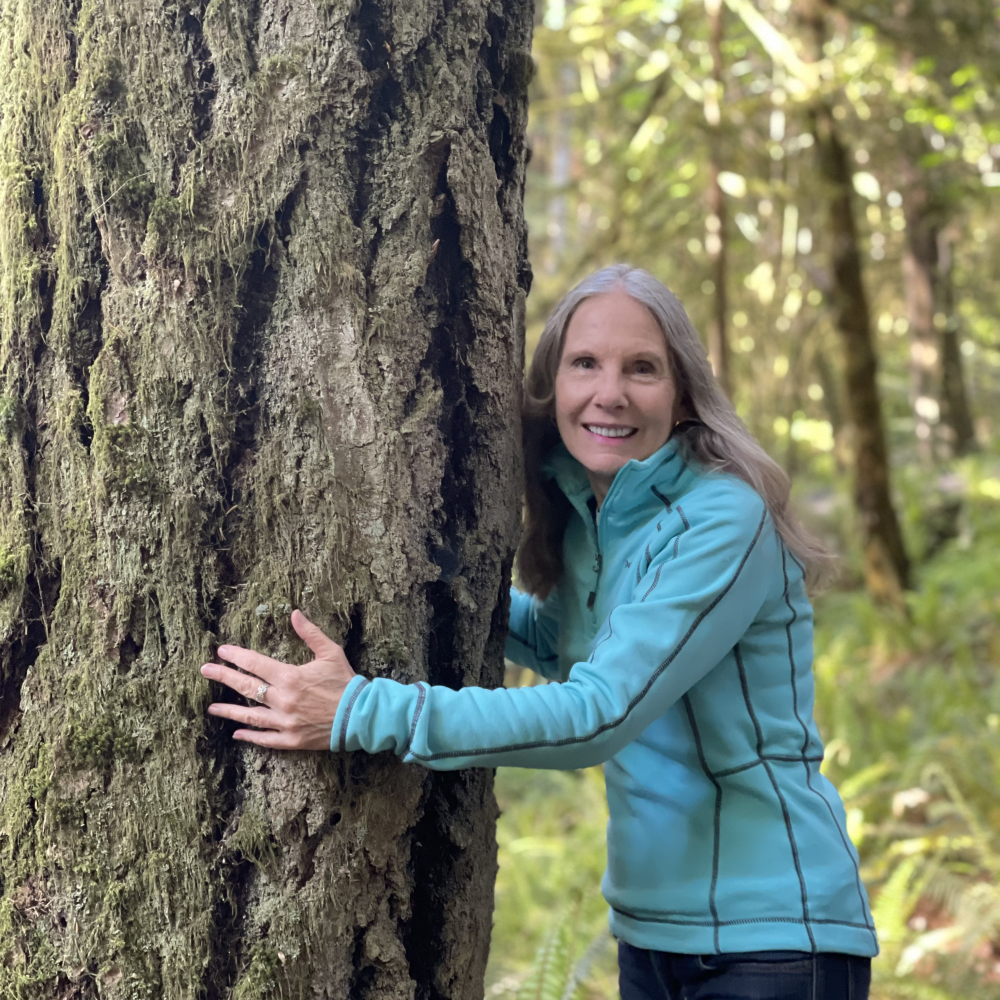I have a confession to make. I honestly do, and it’s not one that I make lightly. One might ask why confess at all – I’m not Catholic; I wasn’t raised in the tradition of formal absolution for my transgressions. I could keep it to myself, and you’d be none the wiser, but what sort of teacher would I be if I didn’t share some of my “less than” moments, some of my epic fails, and point out times when I valiantly tried to hide my pain because, well, it was how I was raised? A cornerstone of my upbringing was the saying, “If you don’t have anything pleasant to say, then stay silent.” That was elevated in my family to include anything of a negative nature. Anyone raised with that one too?
At face value, it makes some sense. The archaic admonition has value because it can prevent a pile-on of negative words that can lead to deeply hurt feelings. It gives us a chance to hold our tongues and take a few cleansing breaths to reflect away from the heat of passion. But over time, taken to heart, it can become a tradition, one that can inhibit our power to speak our minds and, in the worst-case scenario, hinder our ability to speak at all.
This is where my tale begins. I don’t know about you, but joy wasn’t something that I really thought much about until one day I realized that I had been bled out of joy – it was gone, and I was empty. I felt as worthless and breakable as a hollow crab shell on a hot, sandy beach (not a pretty image yet painfully accurate).
I was driving down the main street of my town when I noticed I was crying. From how damp my cheeks were, I gathered that I’d been quietly crying, basically leaking for blocks. It wasn’t one thing I was crying about, it was everything I was crying about. For example, there was no anger, no tangible bull’s eye of an emotion that I could use to direct my attention to in hopes of healing, beyond abject despair. And I came to realize that my abject despair was so intangible and all-encompassing that it was like pushing off a cloud – I couldn’t gain any purchase, so I floundered.
Not that my students would know. When I taught, I reemerged for those blessed hours, four days a week. My relief and salvation was teaching. Each class I taught from my heart. The words flowed cogently and freely in the moment, and doing that gave me glimpses of my joy again. But as I drove away, the tap of tears would turn on like a sprinkler timer and the void would deepen.
It’s somewhat ironic that meditation is the cessation of thoughts – depression does that too. Word of advice, I highly recommend meditation over depression to calm the vrittis. Anyway, what did I have to be depressed about? That’s too complicated to explain fully here, but, as I mentioned earlier, I’m going to thread this needle through the tradition I was raised with regarding kind speech, and I’m going to broaden that to include kind listening, meaning listening as a form of caring.
Beyond teaching, I recognized that I had been systematically silenced in my family by not being heard. Unkind speech is damaging, while unkind listening is diabolical. Unkind speech is like pushing against anger; you have something to work with, while unkind listening is like pushing off that aforementioned cloud. Over the years, I suffered, and my ability to speak diminished to the point that I could only speak to certain people, making me invisible and valueless to others.
Truly believing that I had little value turned that crack into a chasm from which my joy drained away. In order to fill that unholy crater, I had to gain distance from those who seemed more intent on having the last word than letting another have one word at all. It was an act of desperation, but the little voice inside me that I did listen to urged me on – in that little voice, I do trust. (Love you, little voice. Insert high five and heart emojis).
That was at the end of 2019, a time when I was also tasked to meditate on joy. Over the past year, I’ve rediscovered my birthright to joy and embrace it as a deeply-felt sensation, as well as a powerful spiritual dialogue between self and love for all else. I won’t turn away from any form of this conversation. I will continue to practice the art of speaking and listening with kindness to the augmentation of joy, which means sometimes I’ll hold my tongue in order to gather my thoughts and speak from the heart for the greatest good. I still cry from time to time. I’m human, hardly invisible (thank God) and I do make mistakes. The teacher in me is willing to divulge these “less than” stories, so hopefully we can bond through our common birthright of joy and honest storytelling.















2 replies on “How Losing Joy Brought More”
I only have a minute — about to leave to pick up a friend from the center where she just had surgery — but I had to thank you for sharing this. This took courage and showed your desire to help others. You also showed loving kindness in how you told your story. I’m glad you found a path to help with your healing and that you’re better now. I wish you joy.
Hi Sue Ann,
I am glad that you enjoyed my frank and revealing article. Honesty is the best policy and as a teacher, I don’t want anyone to think that I am infallible. All experiences can be teaching moments–especially the brutal ones.